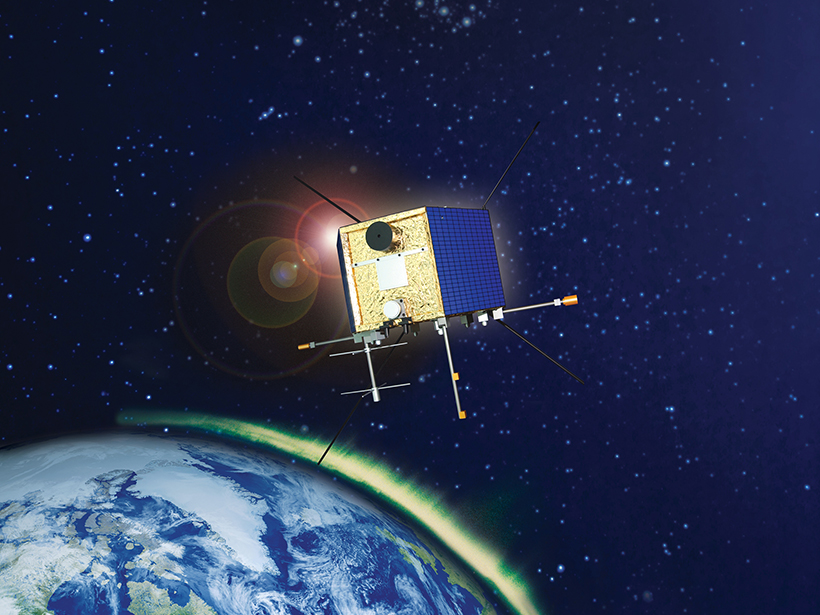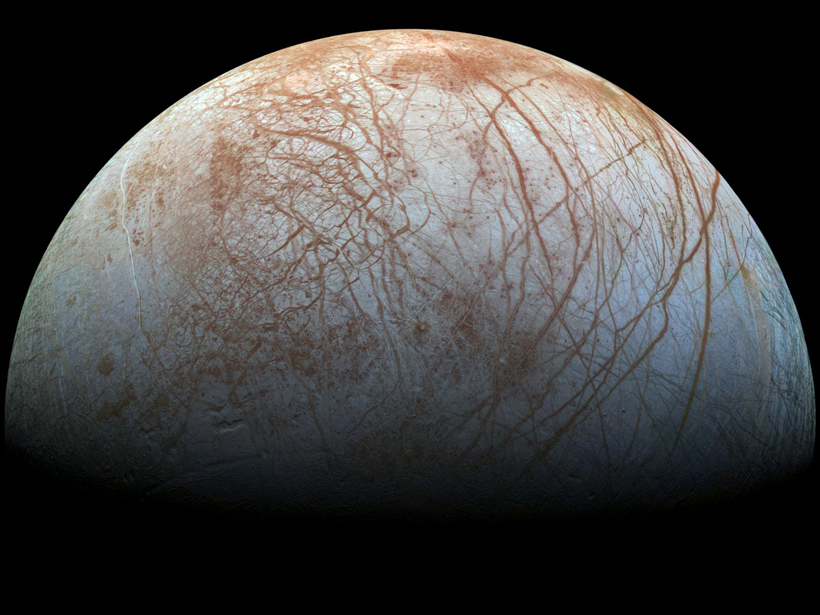The first results from a recently launched satellite hold promise for studying solar storms, the very top of Earth's ionosphere, and how the atmosphere is evolving.
Journal of Geophysical Research: Space Physics
Mysteries of the Magnetosphere
Scientists investigate how dipolarization fronts in Earth's protective magnetosphere interact with the environment around them.
Solar Wind Disconnects Venus’s Magnetotail
Polarity reversals in the solar wind magnetic field disconnect the magnetic field trailing behind Venus, allowing ions from the atmosphere to escape.
How Accurate Are Ionospheric Models?
A new study puts the latest version of a venerable model of Earth's ionosphere to the test, with some unexpected results.
Pluto's Interactions with the Solar Wind Are Unique
Space physicists say that Pluto's atmosphere interacts with the solar wind in a never-before-seen hybrid way, one that's both comet-like and planet-like.
Mysterious Heavy Ion Beams Above Mars Explained
NASA's latest mission to Mars has uncovered the origins of fast-moving streams of particles high above the planet, flowing against the solar wind.
Ionospheric Waves Linked to Polar Atmospheric Dynamics
Ionospheric waves are likely to be caused by processes in the polar atmosphere rather than by space weather.
Hubble Gazes at Europa's Aurora
Scientists get their best glimpse yet of the shimmering phenomena on one of Jupiter's most intriguing moons.
Are Earthquakes Predictable?
Researchers have been searching for precursory warning signals for decades with little success.
Half of Atmospheric Joule Heating Is Due to Small Oscillations
Scientists use sounding rockets to show that small oscillations in electric fields can be just as important for atmospheric Joule heating as the presence of the electric field itself.





